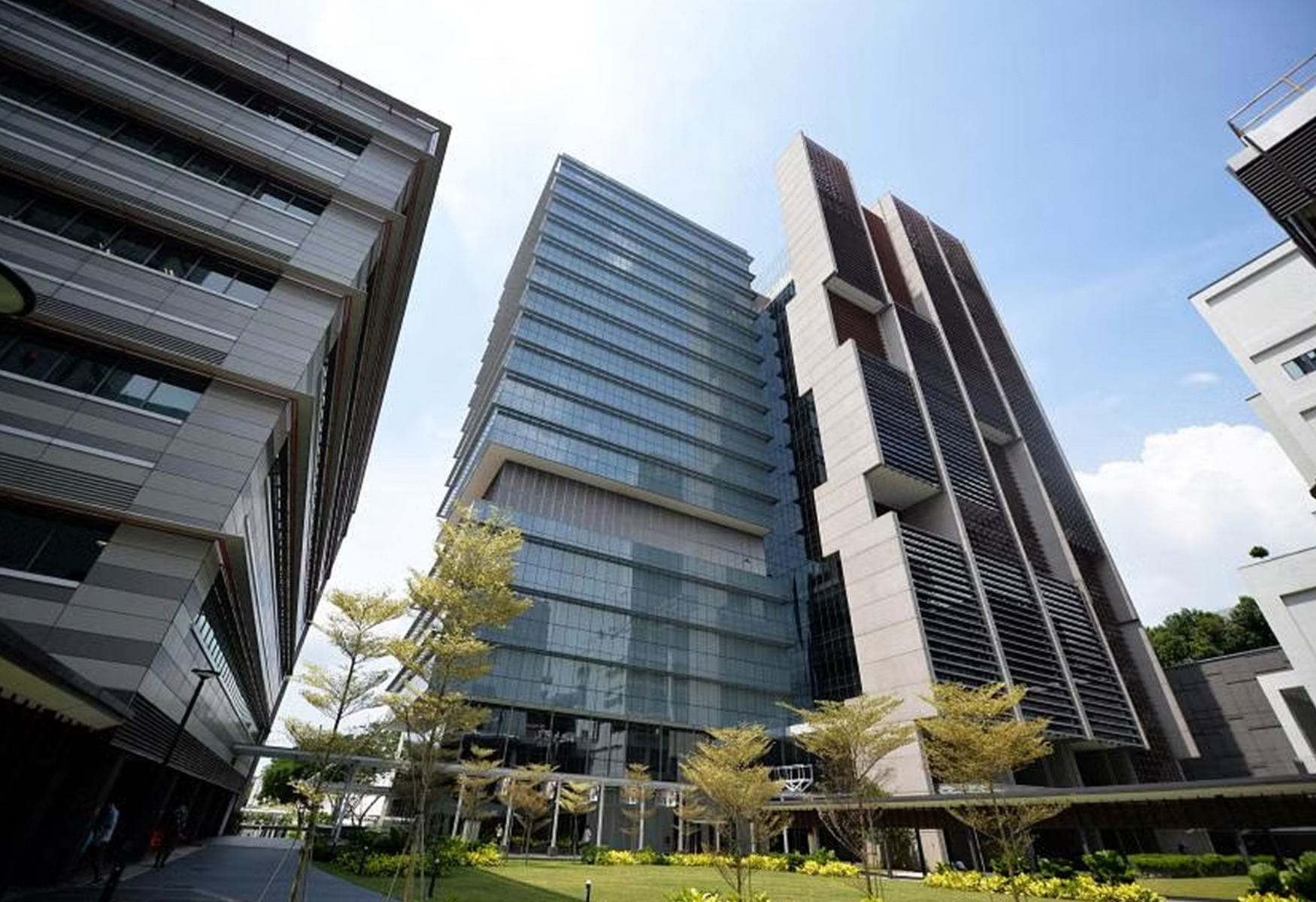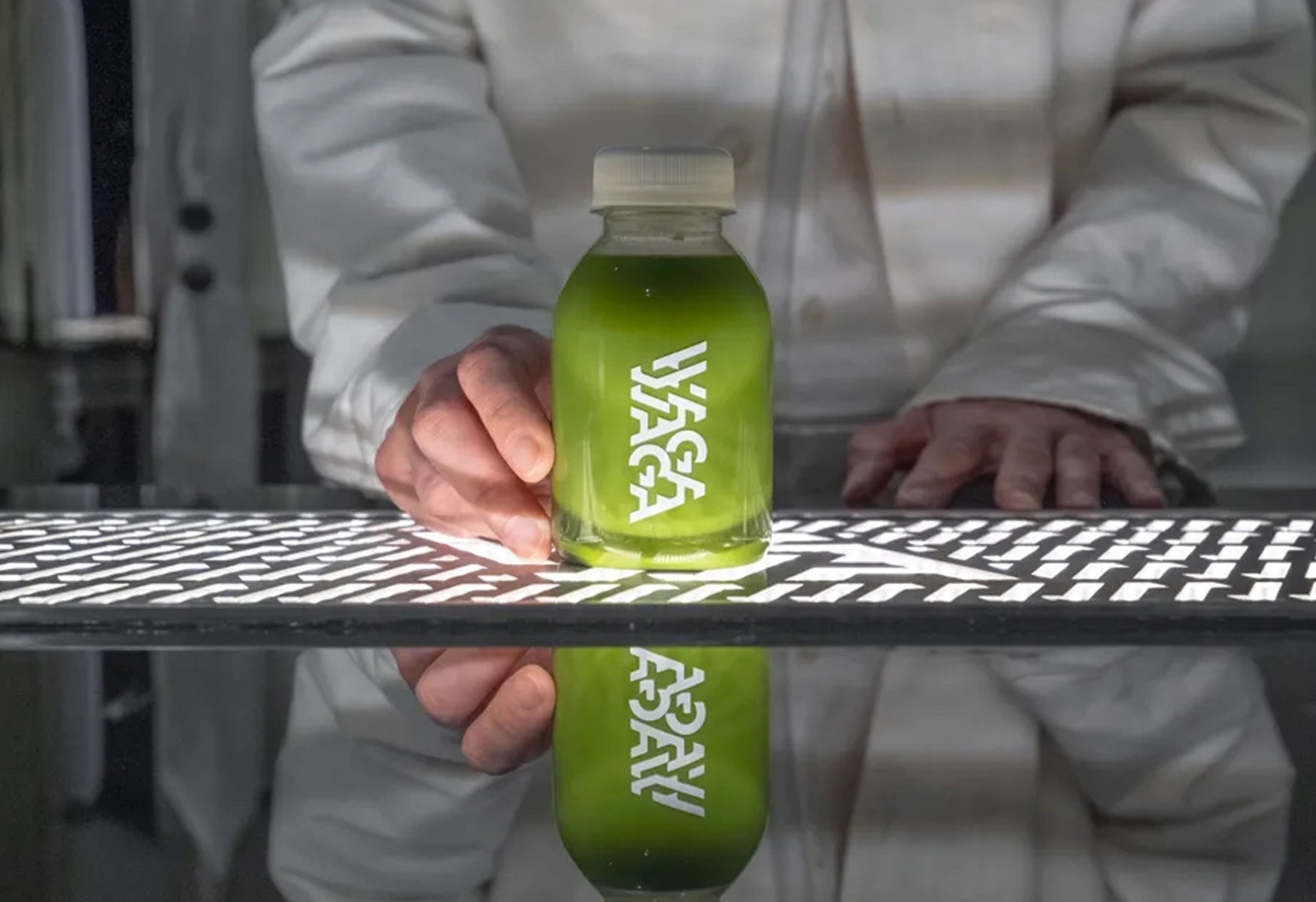The healthcare sector has outpaced ship and plane exhaust in polluting the earth with its biggest planet-warming carbon emitters, including life-saving anaesthesia, asthma inhalers and MRI scans. This is an area a local medical school wants to examine further. A new centre at the National University of Singapore Yong Loo Lin School of Medicine (NUS Medicine) will focus on decarbonising the healthcare sector and preparing doctors and nurses to better handle a potential flood of patients suffering climate-related ailments in the future.
As a start, the first-of-its-kind Centre for Sustainable Medicine – to be launched in December during the COP28 climate summit in Dubai – will calculate the carbon footprint of Singapore’s healthcare. Healthcare contributes up to 8 per cent of the world’s greenhouse gas emissions, while shipping and aviation, around which there are more discussions on cutting emissions, contribute about 3 per cent each. One of the major global warming culprits in hospitals is an anaesthetic gas called desflurane. Using one bottle of the anaesthetic is equivalent to burning 440kg of coal, said Professor Nick Watts, director of the Centre for Sustainable Medicine.
Inhalers are needed by patients with asthma, but with every puff of medication, the common L-shaped metered dose inhalers release hydrofluoroalkanes – potent gases that are 1,000 times more powerful than carbon dioxide in heating up the planet. The alternative is the circle-shaped dry-powder inhaler, which releases 90 per cent less greenhouse gases. About 70 per cent of healthcare’s emissions comes from its supply chain – the production, transport and disposal of pharmaceuticals, chemicals, medical devices and hospital equipment.












